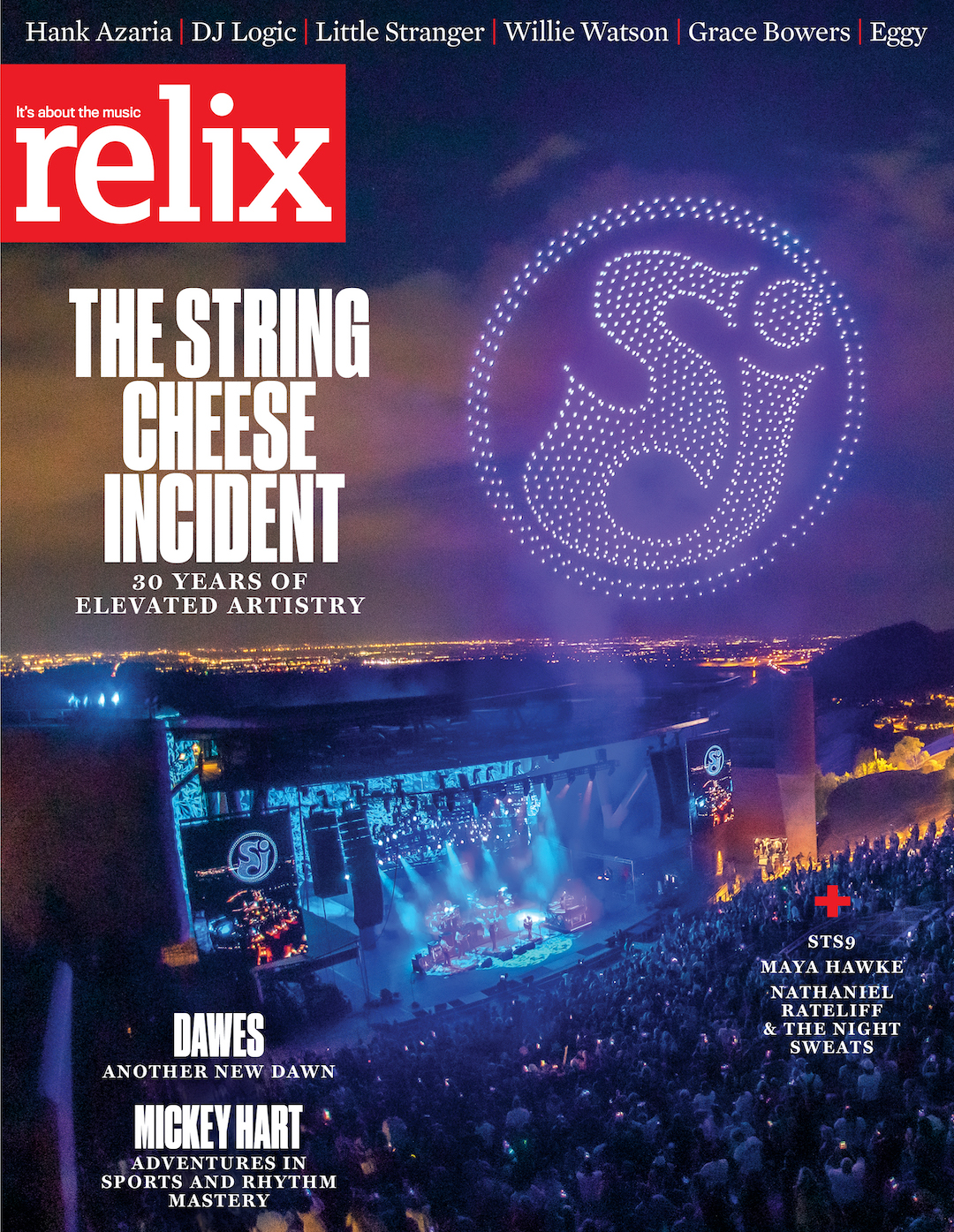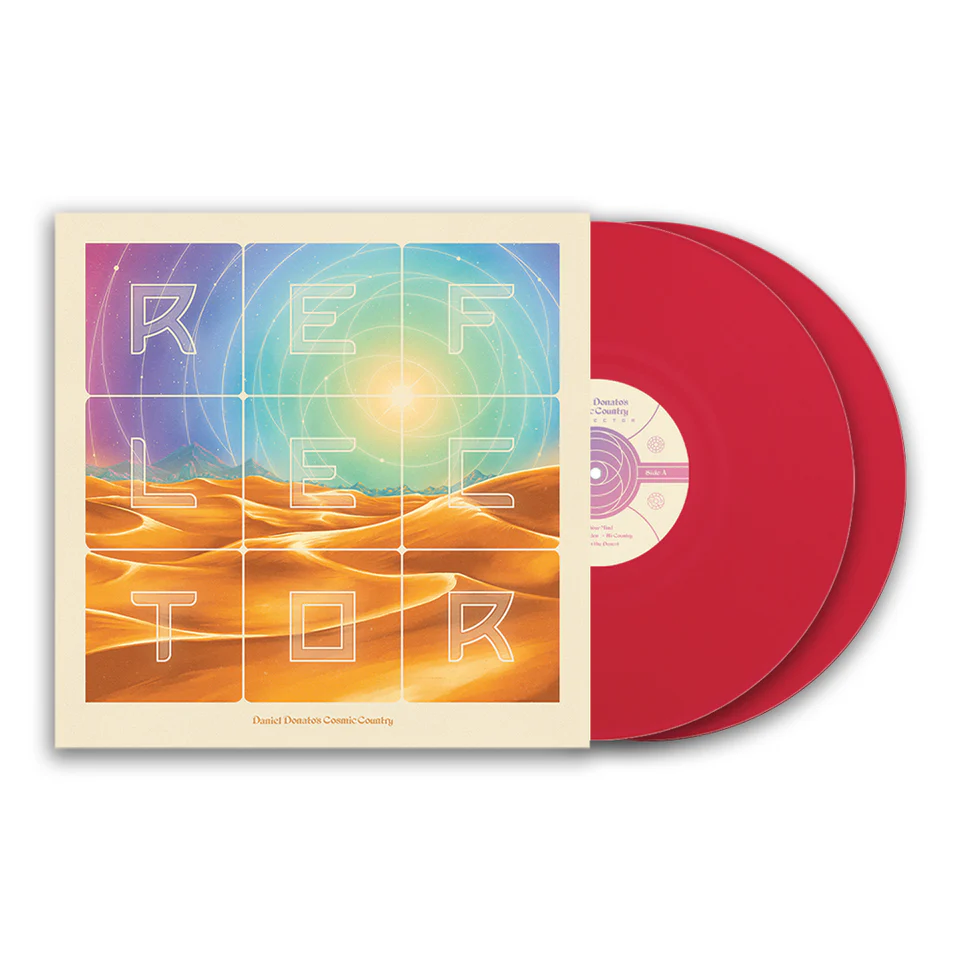Herbie Hancock in St. Petersburg

“It’s not your typical overture. I wanted to start off weird,” Herbie Hancock said, introducing the opening number of the durable, Grammy-showered jazz pianist and composer’s concert at the Mahaffey Theater in St. Petersburg, Florida. “This is prehistoric weird.”
Hancock, 84, looking at least a decade younger than his age and dressed all in black, frontloaded the consistently riveting show with a suite sparked by the sound of falling rain, courtesy of his Korg Kronos synthesizer.
Lionel Loueke added a series of colorful guitar strafes and scrapes, followed by James Genus’s sliding and rumbling maneuvers on five-string bass guitar and drummer Jaylen Petinaud’s sizzling cymbal flourishes. Terence Blanchard, acclaimed for the warm, round tones of his now-familiar trumpet sound, his penetrating improvisations and his many movie scores for Spike Lee and others, joined the mix, often enhancing his horn with electronic effects.
Given the wide range of Hancock’s music, dating back to his Blue Note recordings in the early ‘60s, the nearly half-hour opening piece was aptly eclectic. It encompassed funk and R&B grooves as well as unfettered jamming and loose-limbed fusion a la Bitches Brew, the revolutionary 1969 Miles Davis album on which Hancock played keys along with Chick Corea and Joe Zawinul. During West African-born Louke’s feature, his rapid-fire picking and plucking was abetted by loops, wordless vocals and lyrics sung in his native language.
Occasionally touching on Hancock tunes including mid-‘70s gems “Chameleon” and “Butterfly,” the quintet repeatedly ratcheted up the intensity of improvised passages, deploying push-pull rhythmic friction and always finding ever-higher gears, the better to surge ahead.
There were plenty of highlights during the rest of the 90-minute show, starting with Blanchard’s arrangement, from his own 2003 “Bounce” album, of late saxophonist and jazz guru Wayne Shorter’s “Footprints.” “He’s still with us,” Hancock quipped about his close friend and fellow Nichiren Buddhist, with whom the pianist collaborated on duo recording “1+1” and other releases. The tune’s heavily syncopated rhythmic groove underscored high-flying solos from Hancock, on grand piano, Blanchard and others, closing with a one-chord coda that morphed into a long jam.
Hancock’s beloved Headhunters band, which reunited in August for a 50th anniversary show at the Hollywood Bowl was referenced several times. A slamming funk work-out on “Actual Proof” offered solo space for Genus, a Saturday Night Live band member, to spin a series of dazzling, speedy lines. The tune also gave Petinaud the opportunity to turn in a veritable trap-kit exposition, in an explosive back-and-forth with the band. “I’m dizzy now,” Hancock said afterward.
The quintet didn’t let up, continuing with the infectious rhythms of a piece melding 1975 gem “Hang Up Your Hang Ups” with “Rockit,” the Bill Laswell-produced ‘80s electro-pop track that spawned a robotic-art video briefly making Hancock an unlikely MTV favorite. Hancock left the roaring crowd wanting — but not getting – more, with an invigorating take on his familiar “Chameleon,” the catchy funk-fusion song that has become something of a jazz standard. The leader donned his gleaming white keytar and moved to the front of the stage, at one point sharing a riff with Loueke, the two backed only by Petinaud’s street-beat rhythms. Joined by the full band, Hancock turned in an extended, artfully constructed synthesizer outing.
Longtime fans of the jazz icon probably yearned to also hear the likes of “Watermelon Man,” “Cantaloupe Island,” “Maiden Voyage,” “Dolphin Dance” and/or many other Hancock tunes that have worked their way into the jazz repertoire. But given the band’s penchant for stretching tunes into artful sprawls, those additions may well have doubled the length of the show. Maybe next time.



















